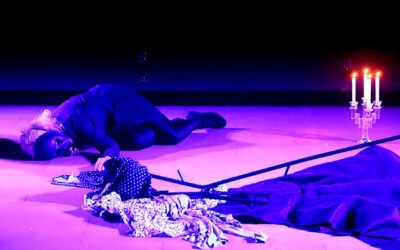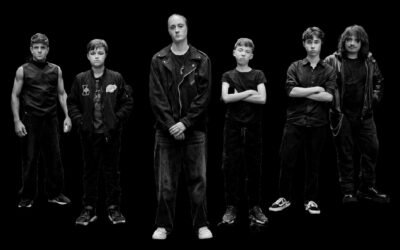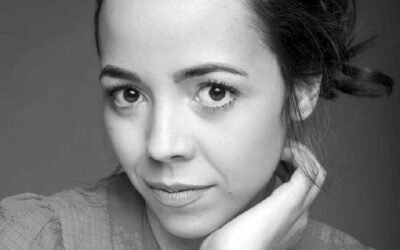Pamen Pereira
Drawing, painting, sculpture, installation, sometimes photography and video, or any other medium, are all used by Pamen Pereira to materialize an idea and complete the creative act. An act that in its process merges with the artist’s life experience and is strongly linked to nature, from which she extracts a good part of her images. An artistic approach that is, at its core, the radical choice of a way of life. A demanding fidelity to this as a path of knowledge and a place of transformation. Life as the main work office.
He studied Fine Arts at the Polytechnic University of Valencia, and in the mid-eighties began his artistic career. Since then he has not stopped traveling, carrying out projects and exhibiting his works, throughout Spain and in different European, Asian and American cities. Likewise, he has also resided for long periods in distant countries such as Japan or Tanzania, or in extreme places such as Antarctica and the Sahara.
At the end of 2021 she was appointed a full member of the Royal Galician Academy of Fine Arts, in the Sculpture section, and in 2022 she received the award for the best work or artistic group presented by an artist.
national live at the International Contemporary Art Fair (ARCO, Madrid 2022) granted by the Spanish Association of Art Critics (AECA, AICA Spain).
Among his exhibitions stand out: Museum Zu Alerheiligen (Schaffhausen, Switzerland 1996), Unión Fenosa Museum of Contemporary Art (MACUF, A Coruña 1998), Centro Galego de Arte Contemporánea (CGAC, Santiago de Compostela 2001), La Gallera (Valencia 2002), Torrente Ballester Cultural Center (Ferrol 200, Centro de Arte Burgos3), (CAB Burgos Art Center). 2009), Contemporary Art Museum of Castile and León (MUSAC, León 2016), Fundación Caja Mediterráneo (CAM, Alicante 2020), C n t r e d e l Carme Cu l t u r a Contemporània, (CCCC, Valencia 2022).
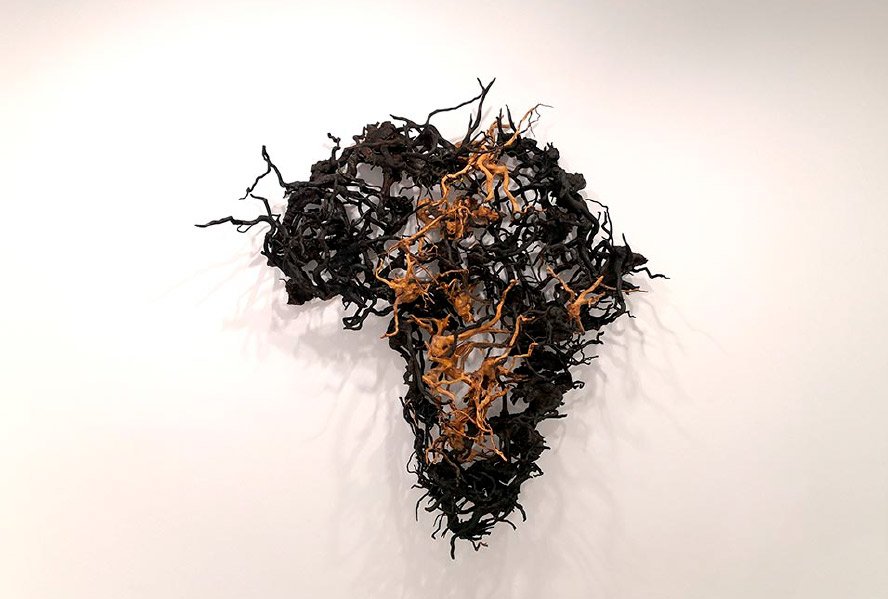
She was selected to participate in group exhibitions such as the
Madrid 1996), Paysage Contemporain (Galerie du Conseil Architecture, Urbanisme et de Environnement, Limoges [Francia] 1997), Other Natures (Monasterio Santa María de Prado, Valladolid e Castillo de Alaquàs, Valencia 2003), XI Bienal do Cairo (Palacio das Artes e Palacio da Ópera),] Cairo [2008gypt] Polar South: Art in Antarctica (Bos Aires [Arxentina] e Cidade de México [México] 2009), The Asia Principle. China, Xapón e India e a arte contemporánea en España 1957-2017 (Fundación Juan March, Madrid 2018), Transformacións, mulleres artistas entre dous séculos (Caja Canarias, Tenerife 2020)
Widely catalogued since 1989, his work is part of numerous Spanish public collections such as the CGAC, the MACUF, the olorVISUAL), the María José Jove Foundation, among others, as well as important private collections around the world.
Che Marchesi
José Eugenio Marchesi, 1963, studied Fine Arts at the Complutense University of Madrid and held numerous exhibitions in Spain, Holland and Senegal, among others. Among other activities, he currently directs the Ankaria Foundation Transversia and Ocean&Savane residencies for the cultural exchange between Spain and Senegal.
His work focuses on the relationships between man and nature, nature itself and the relationships between art and science as a transversal way of generating art and knowledge. I work in the field of Art, Science and nature. I am passionate about knowledge systems, but also the feelings and sensitivity that generate them.
For as long as I can remember, I have patiently observed the natural environment that surrounded me, assimilating the processes and their evolution in the times marked by nature. I have collected obsessively
all those remains that in one way or another poetically expressed the reality of a fantastic nature, infinite in its possibilities, which always managed to move me deeply.
My artistic practice began professionally in the late 80s, although it actually began fundamentally during my childhood.
At first I lived subject to the natural environment that surrounded me and in which I found myself immersed. Soon the emotions, observations, notes and collections began. Not long after my gaze focused on man’s relationship with nature in its purest form. From the hunter-gatherer to the rancher and the cultivator, my workshop and laboratory were stables and crops.
From there I inevitably came to science, which led me to do the exhibition project “Transgenics and Variants” where I approached genetics as an excuse for the recreation of different living realities. a
I was selected in 2005 for the Biotech Art Wokshop, by Arts Catalyst and SymbioticA. at Guys Hospital in London, where we carried out art-oriented biotechnology practices.
It is the “Scientific Livestock” project that leads me to knock on the doors of different laboratories and departments looking for knowledge, advice and inspiration.
Later, after the anthropological reflection of “Craneozoides” and thanks to the close relationship with the molecular biologist Jesús Espada and knowledge of the reality of Senegal, the “Transracialism” project emerged.
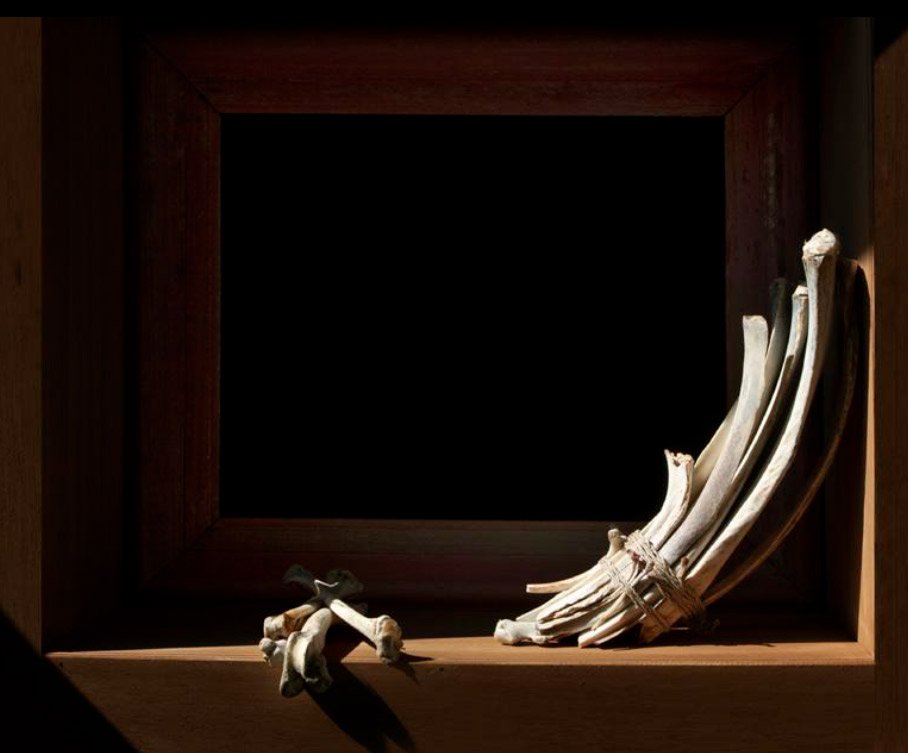
Como inspiración conceptual, non quero deixar de citar un pequeno fragmento da magnífica obra de Tito Lucrecio Caro “De rerum natura”: HOMENAXE A SANCHEZ COTÁN, 2021 – 82 X 70 CmMARCHESI
“A materia non é unha masa inmóbil, xa que vemos diminuír un corpo, e se segue a fluír, consúmense a longo prazo e o tempo róubanas da vista; a suma consérvase sen perda:
Ao empobrecer un corpo, os principios enriquecerán outro, e uns envellecen para que outros poidan florecer; Nin sequera paran nun lugar; Deste xeito o universo sempre se renova…”
Colaborei en diferentes proxectos con laboratorios, institucións e investigadores: Gandería Científica / D r o s o p h i l a melanogaster: Centro de Microscopía Electrónica Luis Brú, Centro de Bioloxía
Molecular Severo Ochoa, Angélica Cantarero. Mus musculus: Departamento de Bioquímica e Bioloxía Molecular da Facultade de Medicina da Universidade de Oviedo, Jesús Espada, Carlos Jesús López Otírna.
Transcialismo: Instituto Ramón y Cajal de Investigación Sanitaria, Hospital Ramón y Cajal e Instituto de Investigación Biomédica “Alberto Sols” CSIC- Universidade Autónoma de Madrid, Jesús Espada.





